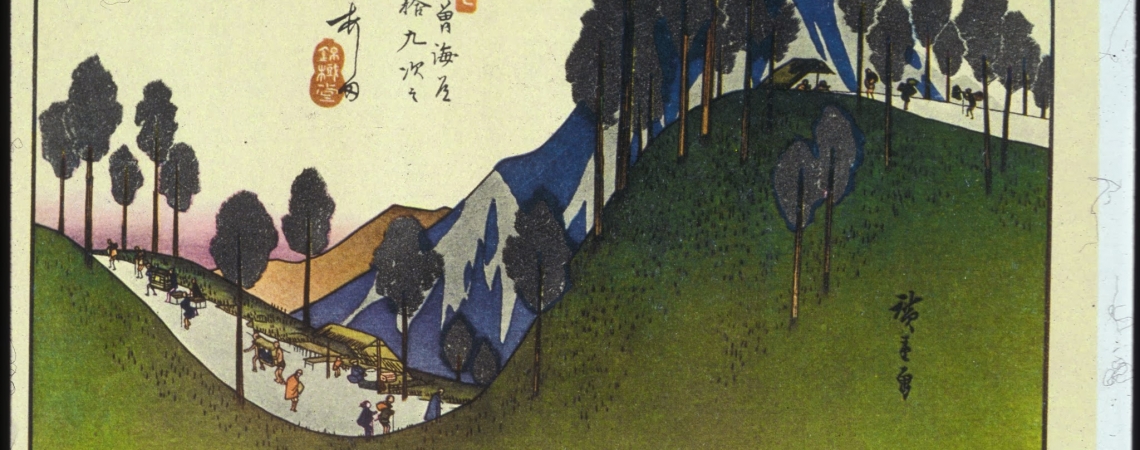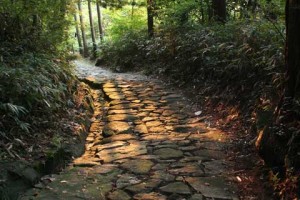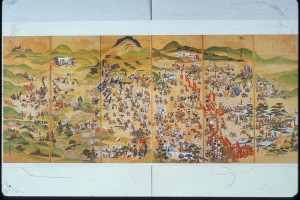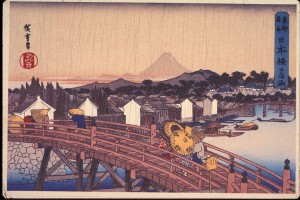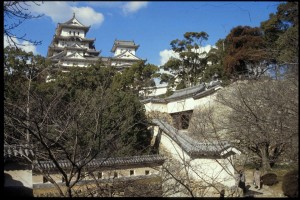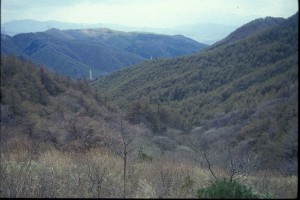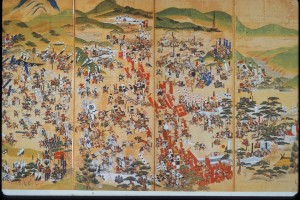
On the fateful night of October 20, 1600, Ishida Mitsunari – commander of the ‘Army of the West’, made the decision to withdraw his forces from Ogaki castle to defend the narrow pass at Sekigahara against the advancing ‘Army of the East’. The twelve mile march took the bulk of his army directly west to… [Read more]
